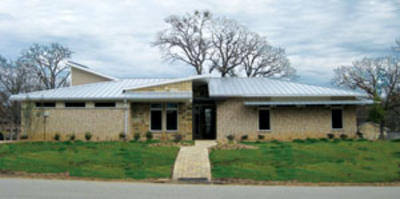Hilton Head, SC - Coastal Habitats - Case Study
Project Team: Coastal Habitats, Building Science Corporation
Location: Hilton Head, South Carolina
Description: 1,495 ft2 one-and-a-half story, three-bedroom, three bath single family house
Completion Date: September 2008
Estimated Annual Energy Savings: $426 per year with 50% source energy savings; with 6.5 kW PV array predicted source energy savings is 99%

